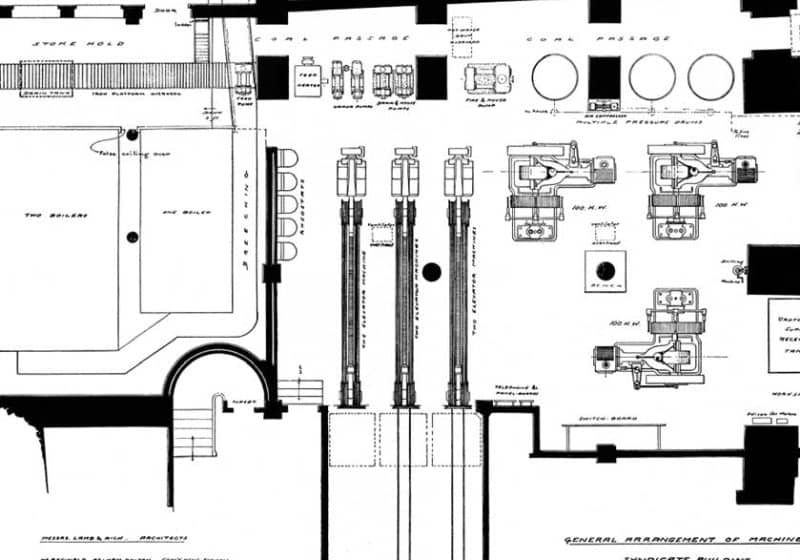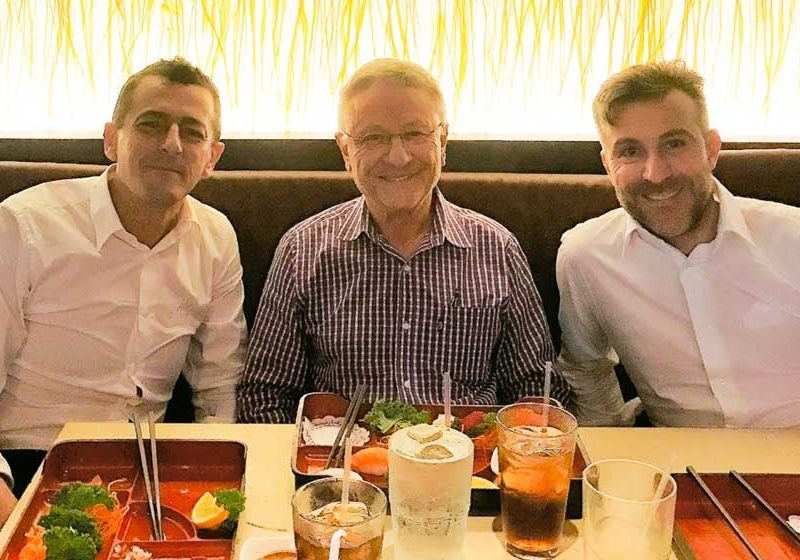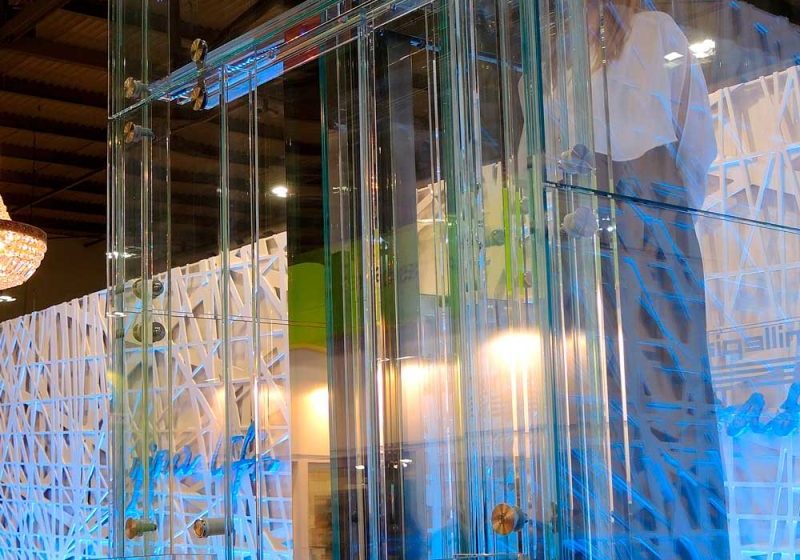I read an article recently about how a mix-up, like the wrong winner’s name being called at the Oscars, happens. It was hardly a disaster, and no lives were lost. But, when real disasters occur, we assume they are accompanied by an equally massive cause. Not so, say the behaviorists who break down the cause-and-effect relationships. It may be the little things that trigger accidents — age, overconfidence, lack of focus, repetition and end-of-the-day relaxation. Our industry is full of young men and women learning the ropes. Surely, this is a cause for alarm that would signal more accidents. But according to the experts, very experienced workers who have grown overconfident cause many of the accidents. According to The Week, firefighters are most likely killed or injured in their 10th year on the job: “It’s about that time when they think they have seen it all.” For those new on the job, simple anxiety may keep them focused, whereas the senior person is at a disadvantage when the job is repetitive. Finally, a larger number of accidents happen near the end of the day or the end of the project. I know there are way too many relaxed people in my office on Friday! So, what does it say to us about safety? Watch out for those little things so they don’t become big things.
Our focus this month is on Safety Systems. This is appropriate, as the first-ever all-industry Safety Summit is occurring this month (21st-23rd) in Phoenix. One of the first articles in this special section is a report by your editor on the NEII® Field Safety Committee Meeting. This was a large meeting that focused on the agenda for the Safety Summit. In addition, members developed a draft of the nine Safety Absolutes, those functions that, when not performed properly, can result in death or injury. Having served with this group for more than 40 years, I have a keen sense of the responsibility felt by these men and women. Next, in Do You Think Before You React? by Ray Downs and Robert Pitney, the authors emphasize that we work in a dangerous trade, and it is important to clear your mind and focus completely on the task at hand. Changing the Culture of Safety by Adam Braman follows the development of an app by Helios that allows field technicians to read Toolbox Talks licensed from Elevator World, Inc., and take a brief test. The program lets supervisors observe the areas that need more focus through answers to the tests. Finally, in the area of field safety, we have an article by Gregory DeCola, Safety in the Workplace – Changing How People Think. The author states, “Every firm that comes in contact with an elevator must have its own safety program.” He promotes the Elevator Industry Field Employees’ Safety Handbook, OSHA online training and the Helios app as tools to use. He also notes that for safety to work, everyone in the company must “buy in.”
Also in the special section are three articles that focus on the actual equipment. Ensuring Safety in Products by Terry Rodebaugh and Mark Drake takes us to a different side of safety — that of assuring products are designed by engineers; meet code; are tested and retested; and, finally, that the final design incorporates improvements discovered in testing. Next is Trends for Elevator Drives and Consequences for Safety Brakes by Sebastian Steinert. This is an Elevcon paper that identifies parameters for development or selection of a safety brake based on new requirements within the industry. The author notes that many new elevators operate under higher temperatures and that brake torque is different in smaller belt-driven elevators. The Future of the Elevator Safety System by Karl Kriener is also an Elevcon paper. It discusses the advantages of an electromechanical safety gear, including fewer components, real-time synchronization and ease of implementing several cars in one hoistway.
We have six features this month, three of which are on recent events: MADE Expo 2017 by John Gale, GLE Expo Sri Lanka 2017 by Kanika Goswami and LIFTECH Expo Jeddah 2017 by Bülent Yilmaz. The first was in Italy, mainly attended by Italians, many of whom were architects or designers. The second event was in Colombo and found industry support in a fast-growing market. The third event was in a real hotspot for construction, where Elevator World debuted the second issue of ELEVATOR WORLD Middle East. Two features are towers across the world from each other. Toronto’s One Bloor makes excellent use of KONE’s JumpLift, saving some 80,0000 man hours on the project. In Dubai, the DAMAC Heights Luxury Tower is 352 m tall and already the recipient of three property awards. Toshiba still has some extreme lifting issues and tough deadlines to meet on the building on the Persian Gulf coast. The final feature, Work of Art, showcases a Colorado residential elevator with a “wow” factor.
A fully packed issue awaits — enjoy and be safe out there!
Get more of Elevator World. Sign up for our free e-newsletter.







